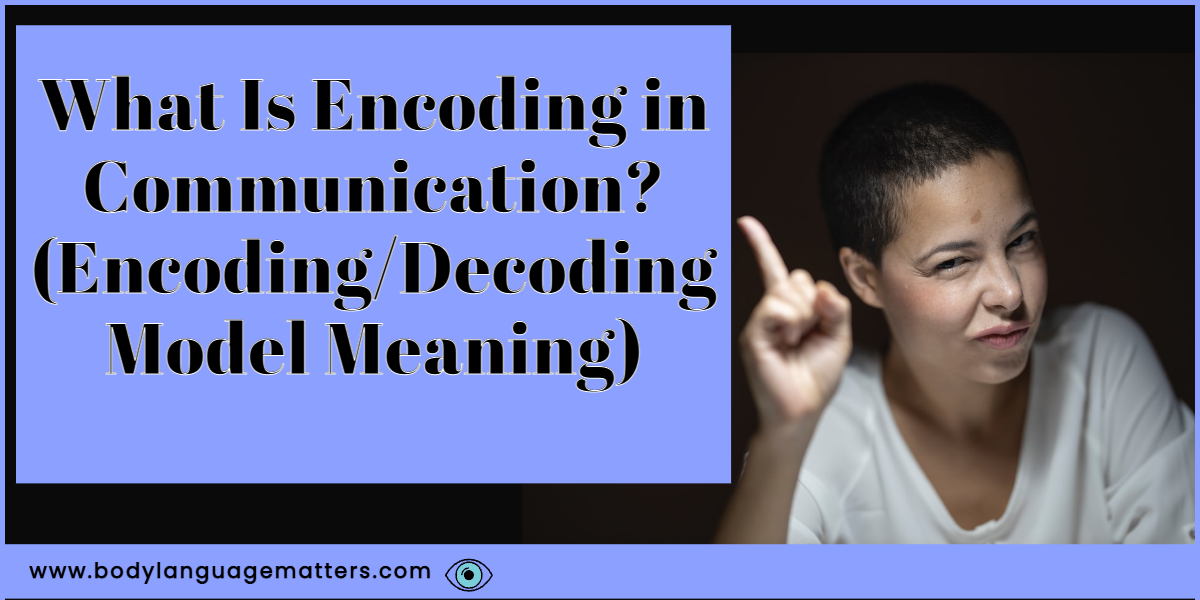When it comes to communication, there are many ways to send a message. We may send it verbally or nonverbly, we may write it down or we may even use our body language to send the message. We have many different ways of communicating. Whatever way we communicate, there is always an encoder and a decoder. In this post, we will explore the differences between encoding and decoding messages in communication.
Encoding is the process of translating information into a form that can be transmitted to another person or system. The sender must first encode their message in a way that can be understood by the recipient, and then the recipient must decode the message in order to understand it. This process of encoding and decoding is essential for effective communication.
- Understanding the Meaning of Encoding
- Three positions upon decoding messages
- Main Differences Between Encoding and Decoding
- Who is encoder in communication?
- What is encoding communication?
- Why encoding and decoding are important in communication?
- What is Encoding communication?
- What is Decoding communication?
- Final Thoughts
The Encoding and Decoding Model of Communication is a model of communication that describes the process of communication. It begins with the sender encoding the intended message using words, symbols, or other means of communication. The receiver then decodes the message and tries to understand the intended meaning. This process can be affected by many factors, such as the context in which the communication takes place, the relationship between the sender and receiver, and the advertisement surrounding the communication.
It is always important to take into account the context around where the encoder is sending the message and where the decoder is. For example, they may both be standing in a park with friends, simply talking about the day the person talking is sending the message, the person receiving is listening and processing the message. It’s really that simple.
A simple way to think about this is:
- Encoding is the process of translating information into a form that can be communicated.
- The sender uses symbols to communicate their message.
- The receiver decodes the symbols to interpret the message. Next up, we will take a look at the meaning of encasing and some of the differences between them.
Understanding the Meaning of Encoding
Encoding involves translating the sender’s thoughts or ideas into symbols that can be interpreted by the receiver. The receiver then decodes the symbols in order to understand the original message.
Non-verbal communication is often used in conjunction with verbal communication. Gestures, facial expressions, and body language can all convey meaning and are often used to supplement or replace verbal communication. Face-to-face communication is typically considered to be the most effective form of communication because it allows for immediate feedback and non-verbal cues that can help convey meaning. To learn more about body language and nonverbal communication, check out What Is Nonverbal Communication (See The Unseen)
Three positions upon decoding messages
There are three main positions people take when decoding messages: literal, interpretive, and critical. Literalists believe that the meaning of a message is exactly what is stated; there is no hidden meaning. Interpretivists believe that the meaning of a message is what the sender intended it to be; there may be some hidden meaning. Critical theorists believe that the meaning of a message is what the receiver makes of it; the hidden meaning is determined by the receiver’s experiences and biases.
Main Differences Between Encoding and Decoding
The main differences between encoding and decoding are essential components of any communication system. An encoder transforms data into a format that can be transmitted, while a decoder reverses the process to recreate the original data.
Who is encoder in communication?
An encoder is a device or person who translates information into a form that can be read by a machine or another person. In communication, an encoder is responsible for translating the sender’s message into a form that can be understood by the receiver.
What is encoding communication?
Encoding is the process of turning a message into symbols that can be communicated. The encoder is the person who does this, and the code is the system of symbols used. The receiver is the person who decodes the message back into its original form.
Why encoding and decoding are important in communication?
This process is essential for effective communication, as it allows us to share our thoughts and ideas with others, and to understand what they are communicating to us.
What is Encoding communication?
Encoding is the process of turning a message into symbols that can be communicated. The encoder is the person who does this, and the code is the system of symbols used. The receiver is the person who decodes the message back into its original form.
What is Decoding communication?
Decoding communication is the process of taking a coded message and turning it into an interpretation that can be conveyed to the receiver. The sender encodes the message using a code, which the receiver then decodes in order to interpret it. This can be done with both verbal and non-verbal communication.
Final Thoughts
When it comes to understanding what is encoded in communication and decoding it, it is a relatively easy thing to understand in terms of how we communicate. We hope you have enjoyed reading this post and learned what you needed. Until next time, stay safe.

